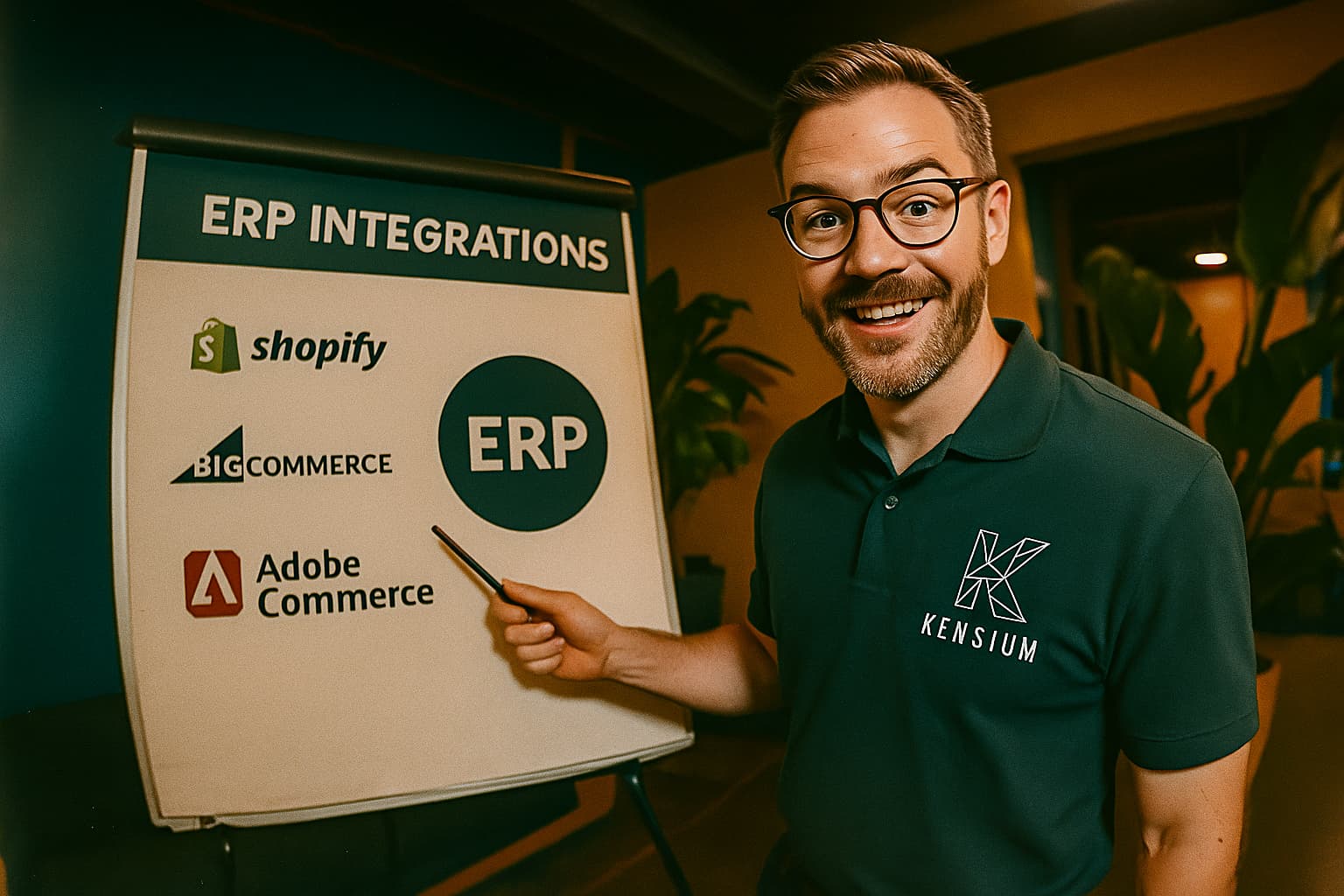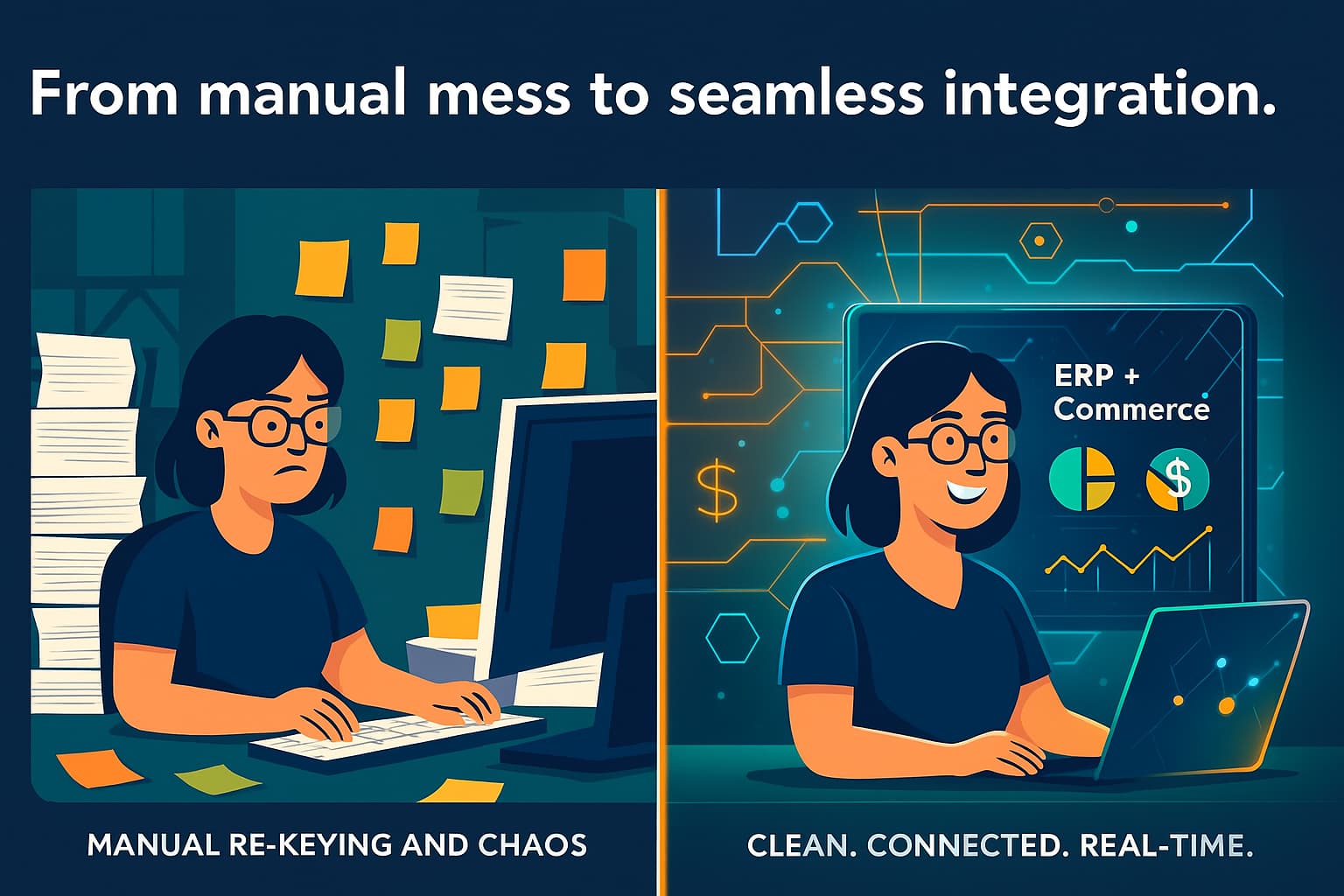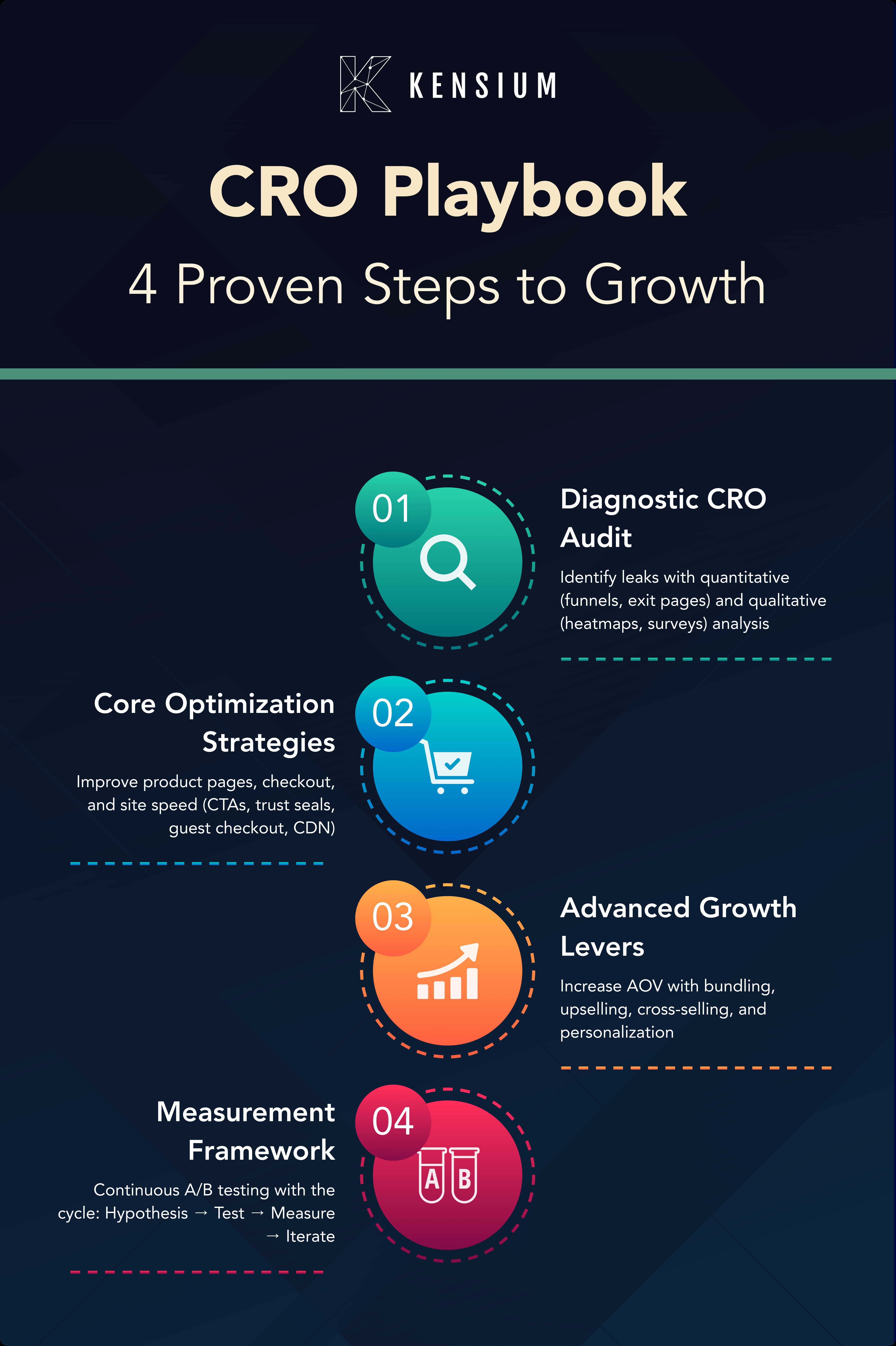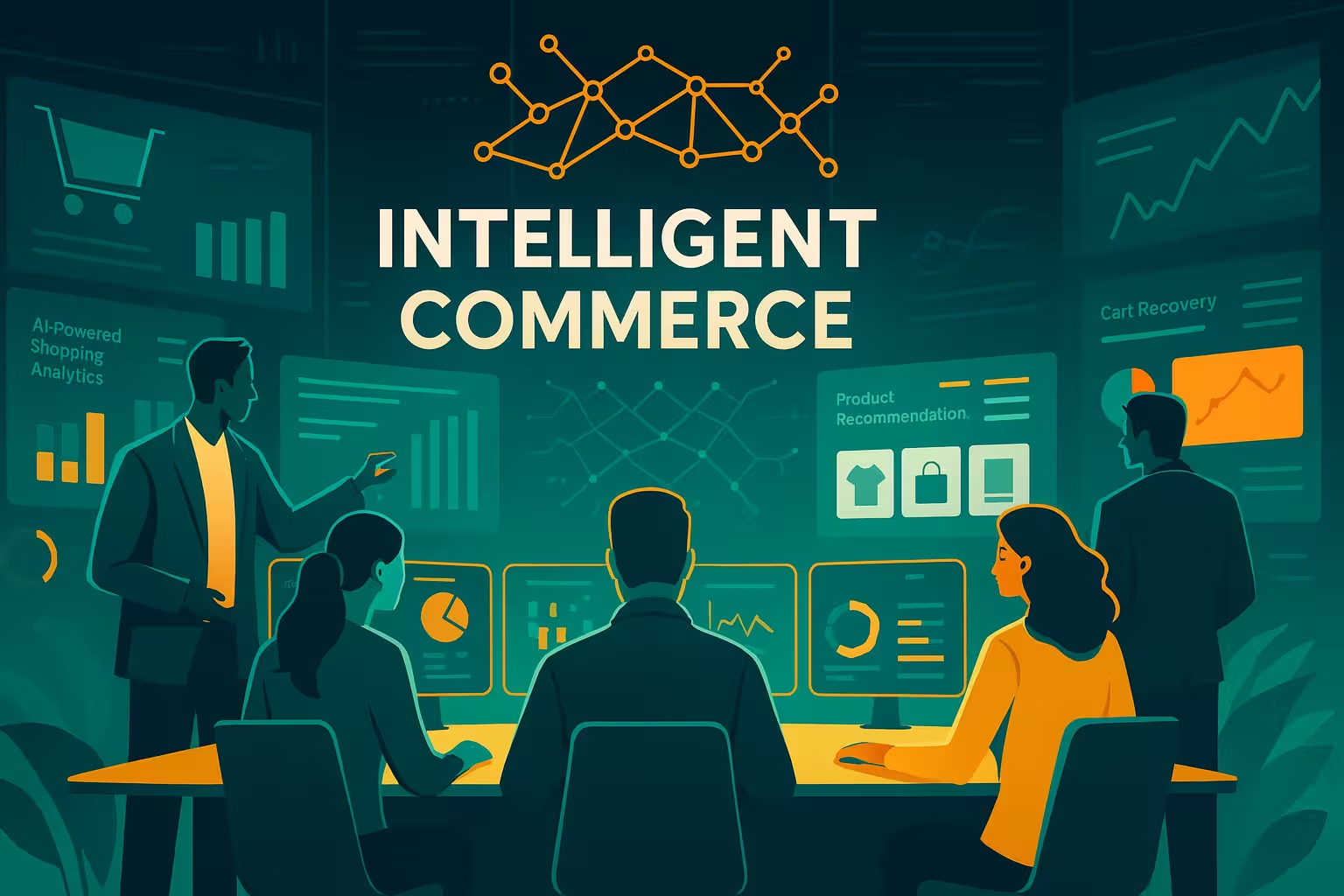
In today's digital world, many B2B buyer expectations mirror those of B2C customers. B2B buyers expect flexible and efficient shopping methods for products and services. Unfortunately, many wholesalers and distributors still operate on the premise of "if you build it, they will come." This method causes many B2B businesses to struggle and lose a large portion of their market share.
![BLOG2-07[32]](https://cdn.prod.website-files.com/6666b0b4870466b9a2af2634/66f1287e65553fb7b97b8c63_66e079c6fec5f6dd0f04c0cd_66e02f8e773ccf9c62d0c15f_BLOG2-07%2525255B32%2525255D.jpeg)
Whether you're new to B2B ecommerce or an established business looking to enhance your services, adoption is the biggest challenge with any new platform. You can spend a lot of money creating a functional and robust platform, but it needs staff and customer adoption.
The Challenge Of Ecommerce Platform Adoption
Managing adoption is critical to its success, regardless of the new technology you introduce, from a new CRM, accounting, workflow management, or other solution. Companies invest in tech to eliminate process bottlenecks, increase efficiency, save time, and increase revenue. However, the implementation process often comes with some challenges. Because software adoption changes the way people work and goes against the status quo. Overcoming these challenges takes planning, training, and stakeholder buy-in. Without the right strategy in place, the solution fails to accomplish the goal(s) of implementation. Let's look at the most common adoption obstacles and ways to overcome them.
{{cta('e28fff21-dc5e-47ba-8dd9-46a5bee09068','justifycenter')}}
Ecommerce Technology Adoption Obstacles
1. Employee Resistance
Whether introducing new CRM software or digitizing physical record-keeping, not all employees will be excited. Some may insist on sticking to old processes, finding digital transformation is disruptive instead of productive. While jobs and businesses have evolved, employee resistance remains, making it challenging to drive digital adoption.
2. Insufficient Onboarding
New digital solutions are feature-rich and often complex. Proper onboarding of employees is critical to the success of any new solution. Traditional training methods like knowledge bases, classrooms, and online courses need to be set up in an organized, step-by-step way to help employees learn the new workflows and see the benefits of efficiency and eliminating mundane tasks.

3. Measuring Adoption
Tracking and measuring adoption success is one of the biggest challenges when introducing a new system. Just recording logins to a system isn't an accurate measure of the adoption rate. To gain a complete picture of adoption, you must determine which features are used and if processes are being completed as intended. To do this, track where users drop off, what processes have the highest drop-off rate, the completion rate of processes, and other metrics. These metrics identify gaps in training and employee resistance.
3. Lack of Leadership
Change comes from the leaders and resonates down the organizational structure. It is felt throughout the company when top executives don't embrace digital transformation. This lack of adoption from executives makes its way throughout the organization and affects employee adoption, impacting their efficiency and performance.
Encouraging Adoption
1. Create A Strategy
Know your present needs and what the future might look like to see where the technology fits in those areas. Next, plan how the new tech is rolled out and make teams aware of each phase. Finally, let the staff know the technology, how it works, and its role in day-to-day operations.
2. Turn Releases Into Events
Getting staff excited to use new technology is key to increasing adoption. Create an event celebrating each deployment phase of the new platform. These events let team members take a break from working and attend the event via video conference or in person. Company leaders can share how the new tech impacts them and their teams, present demos, and emphasize how it will make work easier.
3. Establish A Pilot Program
Create focus groups and shadow employees to identify gaps in their workflows. When you involve the end-user in the process, you develop a solution with them in mind. Create a pilot program and evaluate the feasibility of the new technology. Not only does this identify any gaps or bugs within the platform, but it gives users the ability to feel involved in the adoption process.
![BLOG2-05[17]](https://cdn.prod.website-files.com/6666b0b4870466b9a2af2634/66f1287e65553fb7b97b8c5f_66e079c6fec5f6dd0f04c0d7_66e02f8e773ccf9c62d0c163_BLOG2-05%2525255B17%2525255D.jpeg)
4. Create A Rewards Program
You don't just want staff to use the system. You want them to advocate for it. Ask for feedback and host Q&A sessions to give users helpful tips and tricks. Create friendly competition among employees to boost engagement and adoption. You can have entire departments or individuals participate in the program or a combination of both. Set measurable goals to allow people to increase their level of adoption. Reward those high performers for quickly adapting to the new technology and helping others get up to speed.
5. Showcase The Benefits
Even if the technology you're presenting is straightforward, different departments use it differently. Share tried and tested use cases with each department to speed up adoption. When end-users see the tangible results of the technology, they'll feel more comfortable adopting it because they understand how beneficial it is to them. Sharing successes inspires others to use the technology in new ways, increasing the platform's potential ROI.
6. Communication And Support
Poor communication is an organization's most common issue during digital adoption. Events and communicating news about current and future training and upgrades help prepare staff for changes. Create a support system for users to ask questions, get help, and learn how to use the platform. The employees who adapted quickly and began using the platform should support their teammates and coworkers.
Solutions Built With Your Business In Mind
When introducing a new tech stack, end-users need training and time to learn new processes. Kensium's Client Success team works with you to map business needs and strategies. This ensures a smooth transition from your legacy solution to a new, best-in-class platform. During the development lifecycle, we deliver training materials to help get end-users onboarded to the new systems. In addition, our commitment to your success doesn't t the go-live.
Kensium offers support services to help update, troubleshoot, and manage every part of your platform. Schedule a call today and learn how Kensium can provide a complete end-to-end solution for your business.
{{cta('e28fff21-dc5e-47ba-8dd9-46a5bee09068','justifycenter')}}








.png)













































































